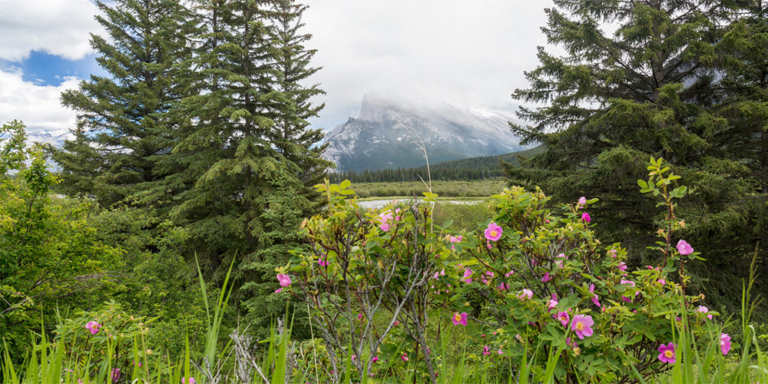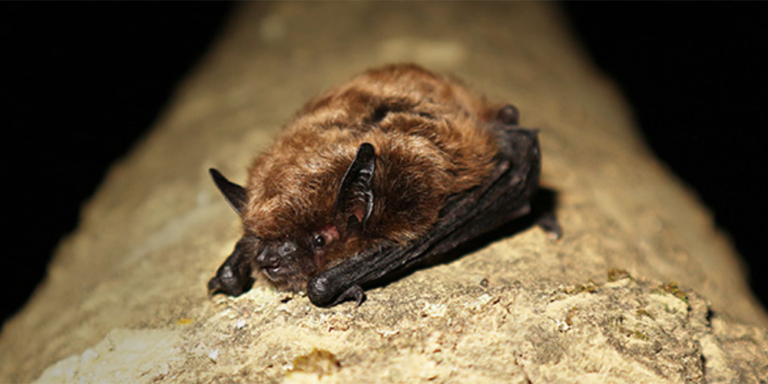Do you remember the proposed Banff-Calgary train?
It’s still on track, but some parties have concerns and think the project could cause more harm than good.
The Alberta government signalled interest in the passenger train service between Calgary and Banff after signing an agreement to advance the project in 2020.
The parties involved in the project include Alberta Transportation, the Canada Infrastructure Bank, Banff’s Liricon Capital, and Plenary Associates.
In 2022, Alberta Transportation expressed concerns about underestimated costs, overestimated ridership numbers, and a rapid project timeline.
What’s Old is New Again
But after some time in the oven, the Alberta government appears to be back on track after last week’s throne speech.
In the speech, Lieutenant Governor Salma Lakhani claimed there is a need for a passenger train between Calgary and Banff.
In addition to the Banff-Calgary passenger train, she suggested that a high-speed rail through the Calgary-Red Deer-Edmonton corridor is needed.
“These investments are decades-long and should not be made randomly. They must be planned carefully and in an integrated fashion to ensure the most efficient and timely use of tax dollars,” Lakhani said in the throne speech.
In July, the province announced a $3 million feasibility study to assess the viability of hydrogen-powered trains connecting Calgary with Banff.
The proposal initially suggested a $1.5 billion rail link, with costs shared through a partnership and the province contributing to the project’s long-term funding.
Funding would call for about $30 million a year from the province over 50 years to cover the project’s mortgage but would make Alberta the train owner.
But not everyone is a fan.
Costly Concerns
Sarah Elmeligi, an MLA for Banff-Kananaskis, has raised questions about environmental impacts, public input, and the cost of the train compared to existing bus services.
Bus transportation systems like On-It and Roam already exist. A joint study shows that a year-round bus service would be much cheaper than a passenger train.
Creating a year-round bus service between Banff and Calgary would cost nearly $20 million on the high end. Operating costs for buses would be about $2 million per year.
On the other hand, the study found that a train would cost as much as $680 million and have yearly operating costs as high as $9 million.
Elmeligi also worries that a train service may increase the number of visitors without addressing the core congestion issue.
“I haven’t seen any data that sort of shows that a train would alleviate congestion or just increase visitors,” Elmeligi told the Rocky Mountain Outlook.
The project has progressed through its design phase and is now looking toward the final construction phase.
More Questions than Answers?
There are more questions than answers surrounding the project.
Who pays for what? For example, would Canmore need to pay for its own train station?
Who would be responsible for overseeing environmental impact assessments for these train stations?


Speaking of the environment, the proposed rail line cuts through the Bow Valley, one of the most important wildlife corridors in the region and one that is already suffering through overdevelopment.
Grizzly bears are attracted to railways because of easy foraging, often in the form of spilled grain from passing trains but also fresh plant growth along the tracks. Because of this, train strikes are a leading cause of grizzly bear deaths in Banff.
Would the number of grizzly bear deaths increase with an additional rail line? As the project progresses through the design phase, these are all questions to consider.
But it’s not all negatives.
The passenger train will help the towns involved reach their emissions targets, including Banff, which hopes to reduce its emissions by 80 percent by 2050.
The next steps of the design phase include the Airport Rail Connection Study and the redevelopment plan for the Banff train station.
The plan aims to reduce the need for personal vehicles, reducing emissions further.
Once the design phase is complete, the project can move into the final phase: construction.
However, there are still plenty of concerns that need to be addressed.
One thing is certain: the Bow Valley corridor can no longer handle the huge influx of traffic that it has seen over the last few years, and so whether it’s bus service, private shuttles or a train, we need less traffic coming into the region.






